Hold in Baseball: Learn the 7 Rules here

Hold in Baseball is a statistic that is awarded to the relief pitcher. Our previous articles have already discussed various statistics like assist, putout, etc. Hold in Baseball is one such statistic. So what is this statistic we are talking about in this article? Okay, let us go into a bit more detail.
Hold in Baseball is a statistic given to the relief pitcher when a relief pitcher enters the game between the second to the fifth inning in a “save” situation and can maintain the lead for his team for the next pitcher. He also ensures at least “one out” while maintaining a balance in leading his team.
Although “Hold in Baseball” is not an official statistic, it is maintained to measure the effectiveness of the “middle relievers.” This is similar to that of the 60-yard dash that we have an article on, where it is used to measure the effectiveness of the players as an athlete.
Contents
Relation between “Save” and “Hold in Baseball”
Before we go into understanding how is “Save relates to “Hold,” let us first describe what is the meaning of the term “save?”
This is a statistic that is awarded to the “Relief pitcher.” But there are a few conditions that the pitcher should ensure to qualify for the “save.”
- The first rule is that he is the last or the finishing pitcher entering the game.
- Given the first rule, the second one requires that he is not the “winning pitcher.”
- The third condition that this player needs to satisfy is entering the game when his club is already leading the other team by “not more than three runs.”
- He needs to pitch for at least an inning.
- He maintains the lead of his club, and his team wins ultimately.
Now you may wonder how this is related to the Hold in Baseball? Let us remember the basic definition for “Hold,” which states that a relief pitcher enters in a “save” Situation. It means a relief pitcher enters the game when their team already has a lead. But he hands over the game to another pitcher, thus getting rid of the responsibility of continuing with the lead for his team. However, this thing is decided by the Strategy Managers in the game.
Difference between Hold and Save in Baseball
| Hold in Baseball | Save in Baseball |
|---|---|
| The pitcher should not be the last one to pitch in the game. | He is often the last pitcher in the game. |
| He is allowed to pitch for three innings minimum. | He needs to pitch for at least an inning. |
| Not an official MLB statistic. | It is an official MLB official statistic. |
Rules to be awarded the Hold in Baseball
There are a few rules like the “save” that the player must ensure to be awarded the Hold in Baseball.
- The pitcher is not there in the game from the beginning; that is , he is not the starting pitcher. He should enter the game somewhere between the first and the last inning.
- He is not tagged as the “Winning pitcher.” It means he is not the last one to pitch before the half innings when the team he plays is already leading in the game.
- He enters the game when his team is led by “not more than three runs,” and he can maintain the “lead” by a minimum of one inning.
- He enters the game without taking into consideration the “count,” with the potential tying run either on base, at bat, or on deck.
- He is allowed to pitch for three innings minimum.
- The pitcher records “one” Out minimum.
- He leaves the game maintaining the “lead” for his team before it has ended, and he is not awarded the “save.”
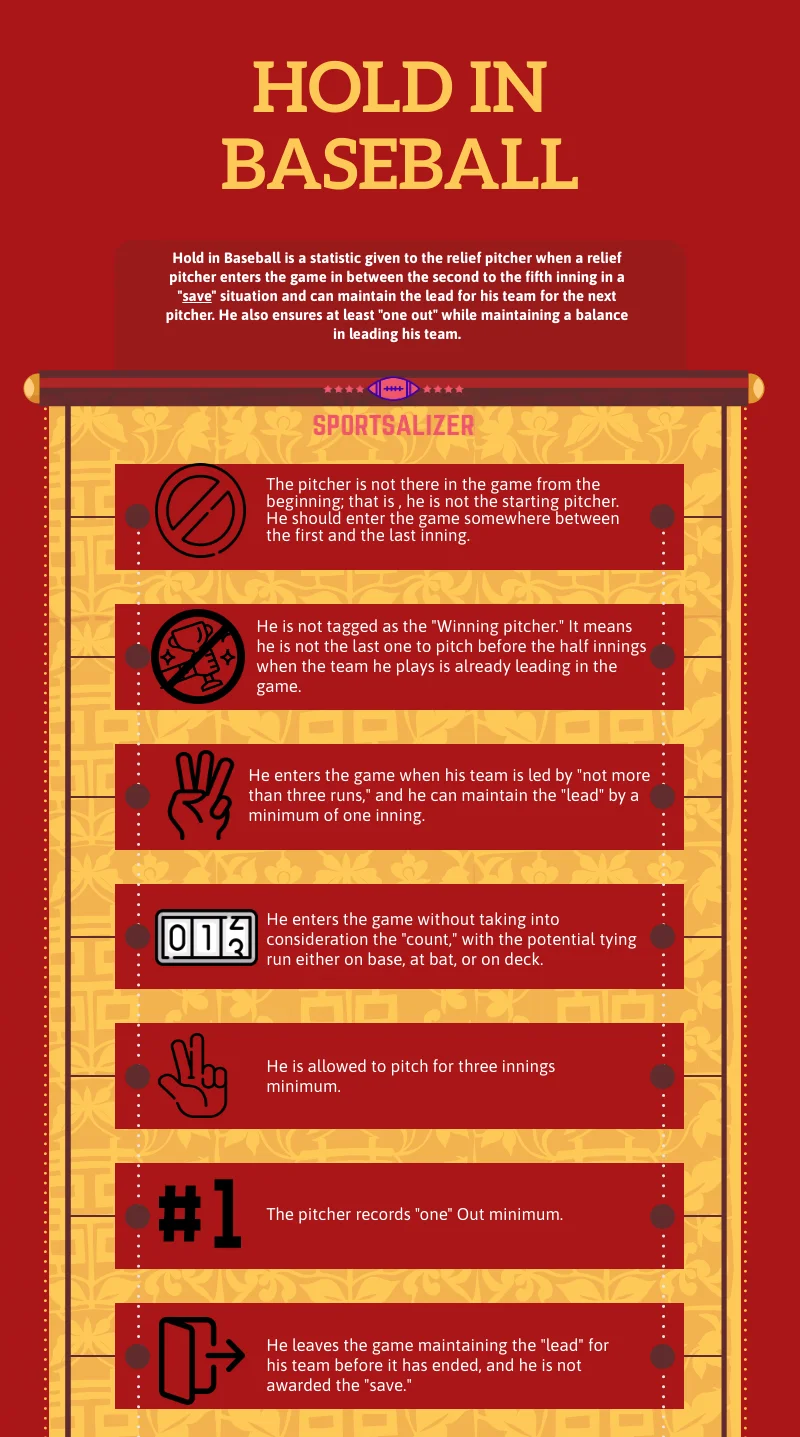
Importance of Hold in Baseball
There is a reason why Hold in Baseball is more prevalent in “fantasy baseball.” We see the starting pitchers who are given the opportunity to pitch every four or five days getting drafted. The middle relief pitchers who can throw more frequently during the week and attain a statistic can also get drafted into their respective teams.
The other reason for its significance is that, as the name suggests, it “holds” the save. Assume a pitcher does not receive a hold if he enters a game with an eleven-run lead. The pitcher will not receive the holding credit because the eleven-run lead is not a save situation. If the pitcher inherits a base runner and has to “save” the situation at that moment, the hold credit becomes critical. If the pitcher can save the lead even with a base runner on base, you can see how vital that statistic is for teams to recognize when making their roster.
Beginning of Hold in Baseball
The Hold in Baseball started in the year 1986. John Dewan and Mike O’Donnell demonstrated it. They were interested in assessing pitchers’ effectiveness who would not usually have the opportunity to earn a save. While the hold is not an official MLB statistic, many organizations and fantasy baseball owners appreciate the significance of this statistic.
The top 3 with the most Holds in Baseball
As already stated, hold in Baseball is not a statistic that is followed by the Major League Baseball or as popularly known as the MLB. So you might find the top 3 holders of this statistic to be a bit confusing.
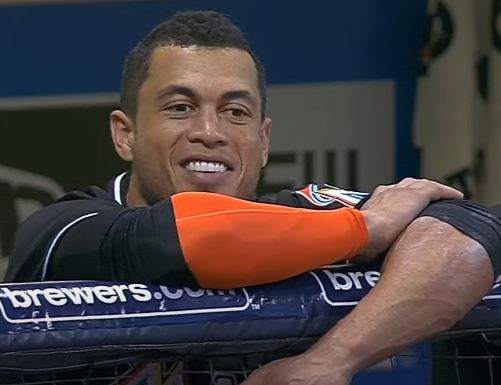
Mike Stanton, who played for the New York Yankees during the “90s,” is considered to have the highest number of holds in Baseball, totaling up to 266.
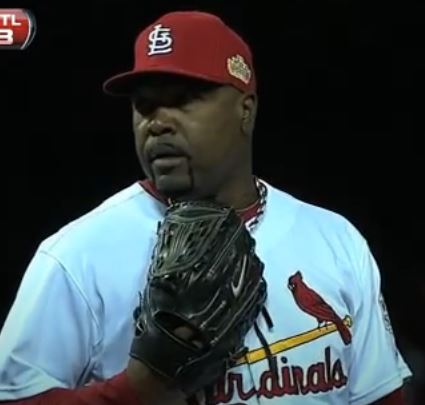
The second one has to be Arthur Rhodes, a left-handed relief pitcher presently playing for the Cleburne railroaders. He has a record of 254 holds in Baseball.

The third record holder with 194 “holds” is Alan Embree. He last appeared in the MLB for the Colorado Rockies in 2009. He was a relief pitcher who played professional Baseball for 17 years.
FAQs on Hold in Baseball
Is there a thing called “blown hold” just like “blown save?”
No, there isn’t a thing as a “blown hold” like that of “blown save.” A blown save is often abbreviated as “BS.” A pitcher who enters a game and is eligible for a hold but fails to complete his objective is levied with a blown save.
How many pitchers at a time are awarded the “hold in baseball?”
Unlike the “save” or “win,” more than one pitcher, in this case, can be awarded the “Hold in Baseball.” However, it is impossible to have more than one hold in a single game by the same player.
How to hold a curveball in Baseball?
Your thumb should grab the seam right beneath your index finger, forming a backward C with your hand. The knuckle curve is thrown with the same grip as the regular curve, with the exception that your index finger is curled and pressed against the Baseball, resulting in a tighter break.





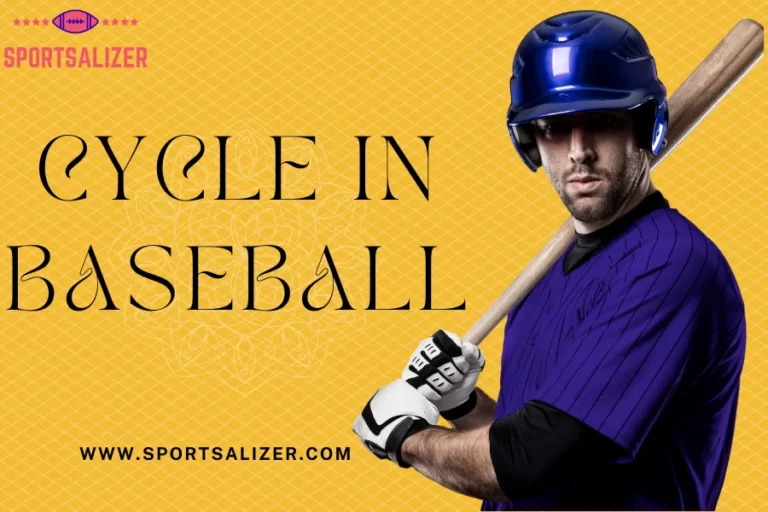

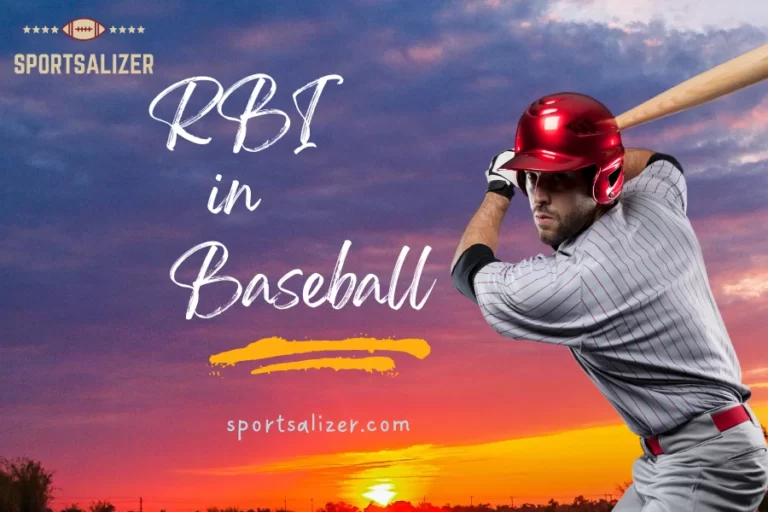

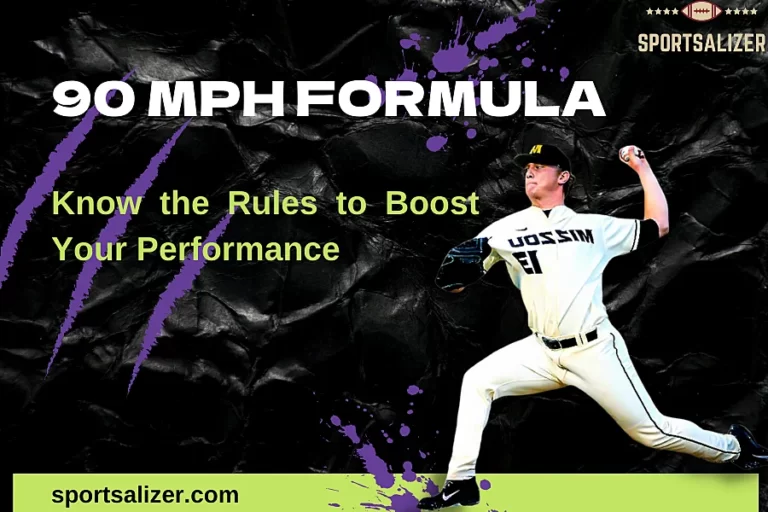
![How Many Stitches Are on a Baseball? [Answered]](https://sportsalizer.com/wp-content/uploads/2022/02/How-Many-Stitches-Are-on-a-Baseball-768x512.webp)